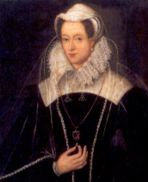WordPress database error: [Got error 28 from storage engine]
SELECT t.*, tt.*, tr.object_id FROM wp_terms AS t INNER JOIN wp_term_taxonomy AS tt ON tt.term_id = t.term_id INNER JOIN wp_term_relationships AS tr ON tr.term_taxonomy_id = tt.term_taxonomy_id WHERE tt.taxonomy IN ('category', 'post_tag', 'post_format') AND tr.object_id IN (4004, 4540, 4910, 4969, 5061, 5171, 5735, 38731, 38734, 61151) ORDER BY t.name ASC
Mary Queen of Scots (1542-1587)
Although the Stuart family had gained the Scottish throne through Marjory (daughter of Robert the Bruce), Mary became Queen only because all male alternatives had been exhausted.
Princess Mary Stuart was born at Linlithgow Palace, Linlithgow, West Lothian, Scotland, on December 7 or December 8, 1542 to King James V of Scotland and his French wife, Marie de Guise. The six-day-old Mary became Queen of Scotland when her father died at the age of thirty. James Hamilton, 2nd Earl of Arran was the next in line for the throne after Mary; he acted as regent for Mary until 1554, when he was succeeded by the Queen’s mother, who continued as regent until her death in 1560.
When Mary was only nine months old she was crowned Queen of Scotland in the Chapel Royal at Stirling Castle on September 9, 1543.
Henry VIII then began his “rough wooing” designed to impose the marriage to his son on Mary. This consisted of a series of raids on Scottish territory and other military actions. It lasted until June 1551, costing over half a million pounds and many lives. In May of 1544, the English Earl of Hertford (later created Duke of Somerset by Edward VI) arrived in the Firth of Forth hoping to capture the city of Edinburgh and kidnap Mary, but Marie de Guise hid her in the secret chambers of Stirling Castle. On September 10, 1547, known as “Black Saturday”, the Scots suffered a bitter defeat at the Battle of Pinkie Cleugh. Marie de Guise, fearful for her daughter, sent her temporarily to Inchmahome Priory.
The French King, Henri II, was now proposing to unite France and Scotland by marrying the little Queen to his newborn son, the Dauphin François. On July 7, the French Marriage Treaty was signed at a nunnery near Haddington. With her marriage agreement in place, five-year-old Mary was sent to France in 1548 to spend the next ten years at the French court.
Vivacious, pretty, and clever (according to contemporary accounts), Mary had a promising childhood. While in the French court, she was a favourite. She received the best available education, and at the end of her studies, she had mastered French, Latin, Greek, Spanish and Italian in addition to her native Scots. She also learned how to play two instruments and learned prose, horsemanship, falconry, and needlework.
Under the ordinary laws of succession, Mary was also next in line to the English throne after her cousin, Queen Elizabeth I, who was childless. In the eyes of many Catholics Elizabeth was illegitimate, making Mary the true heir.
François died on December 5, 1560. Mary’s mother-in-law, Catherine de Medici, became regent for the late king’s brother Charles IX, who inherited the French throne. Under the terms of the Treaty of Edinburgh, signed by Mary’s representatives on July 6, 1560 following the death of Marie of Guise, France undertook to withdraw troops from Scotland and recognise Elizabeth’s right to rule England. The eighteen-year-old Mary, still in France, refused to ratify the treaty.
At Holyrood Palace on July 29, 1565, Mary married Henry Stuart, Lord Darnley, a descendant of King Henry VII of England and Mary’s first cousin. The union infuriated Elizabeth, who felt she should have been asked permission for the marriage to even take place, as Darnley was an English subject. Elizabeth also felt threatened by the marriage, because Mary’s and Darnley’s Scottish and English royal blood would produce children with extremely strong claims to both Mary’s and Elizabeth’s thrones.
Before long, Mary became pregnant. Darnley became arrogant and demanded power commensurate with his courtesy title of “King”, and on one occasion Darnley attacked Mary and unsuccessfully attempted to cause her to miscarry their unborn child. Darnley was jealous of Mary’s friendship with her private secretary, David Rizzio. On March 9 a group of the lords, accompanied by Darnley, murdered Rizzio in front of Mary while the two were in conference at Holyrood Palace.
Following the birth of their son, James, in 1566, a plot was hatched to remove Darnley. He was recuperating in a house in Edinburgh. In February 1567, an explosion occurred in the house, and Darnley was found dead in the garden, apparently of strangulation. This event, which should have been Mary’s salvation, only harmed her reputation. James Hepburn, 4th Earl of Bothwell, an adventurer who would become her third husband, was generally believed to be guilty of the assassination, and was brought before a mock trial but acquitted.
On April 24 Mary visited her son at Stirling for the last time. On her way back to Edinburgh Mary was abducted by Bothwell and his men and taken to Dunbar Castle. On May 6 they returned to Edinburgh and on May 15, at Holyrood Palace, Mary and Bothwell were married according to Protestant rites.
The Scottish nobility turned against Mary and Bothwell and raised an army against them and imprisoned her in Loch Leven Castle. On May 2, 1568, Mary escaped from Loch Leven and once again managed to raise a small army. After her army’s defeat at the Battle of Langside on May 13, she fled to England. When Mary entered England on May 19, she was imprisoned by Elizabeth’s officers at Carlisle.
Elizabeth considered Mary’s designs on the English throne to be a serious threat, and so eighteen years of confinement followed, much of it in Sheffield Castle.
Mary was put on trial for treason by a court of about 40 noblemen. She was ultimately convicted of treason, and was beheaded at Fotheringhay Castle, Northamptonshire on February 8, 1587.

A copy of Mary’s effigy in Westminster Abbey, as commissioned by her son James VI/I, now housed in Scotland.
Related Blog Posts to Mary, Queen of Scots
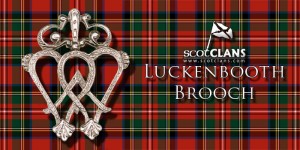
The Luckenbooth Brooch!
Read More
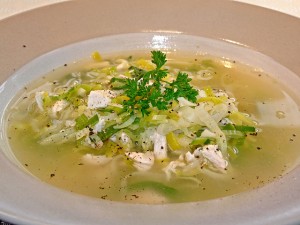
Scots Christmas Fare
Read More
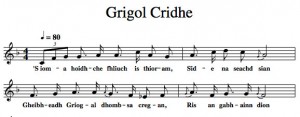
Griogal Cridhe – Beloved Gregor
Read More
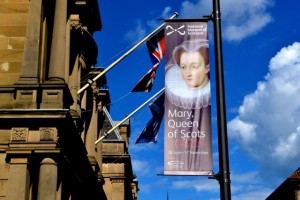
Mary, Queen of Scots Returns to Edinburgh
Read More
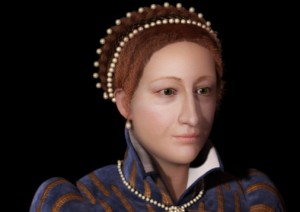
University Brings Mary, Queen of Scots Back to Life
Read More
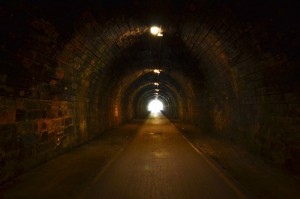
Cycling on a Sunny Afternoon
Read More
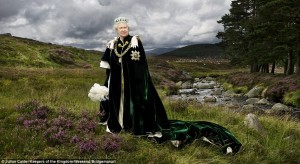
Queen Marks Anniversary in Scottish Style
Read More
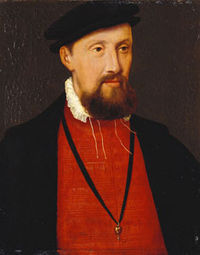
Clan Douglas and The Battle of Ancrum Moor
Read More
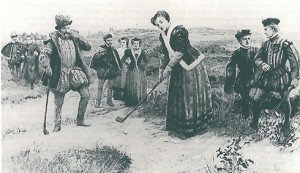
Mary Queen of Scots and Pierre de Boscosel
Read More
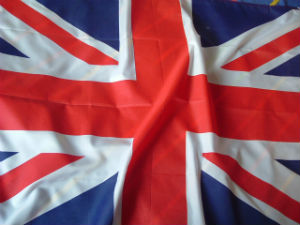
The Union Jack
Read More






